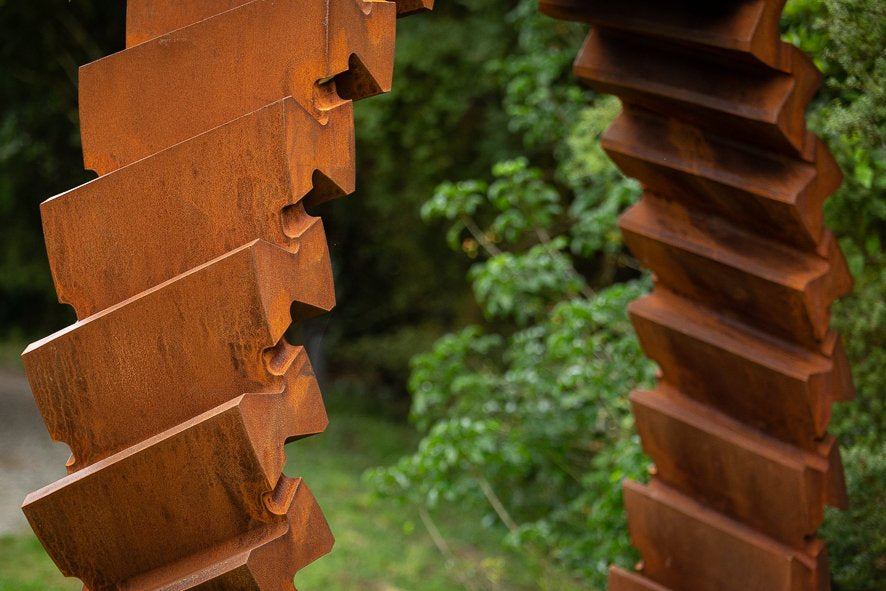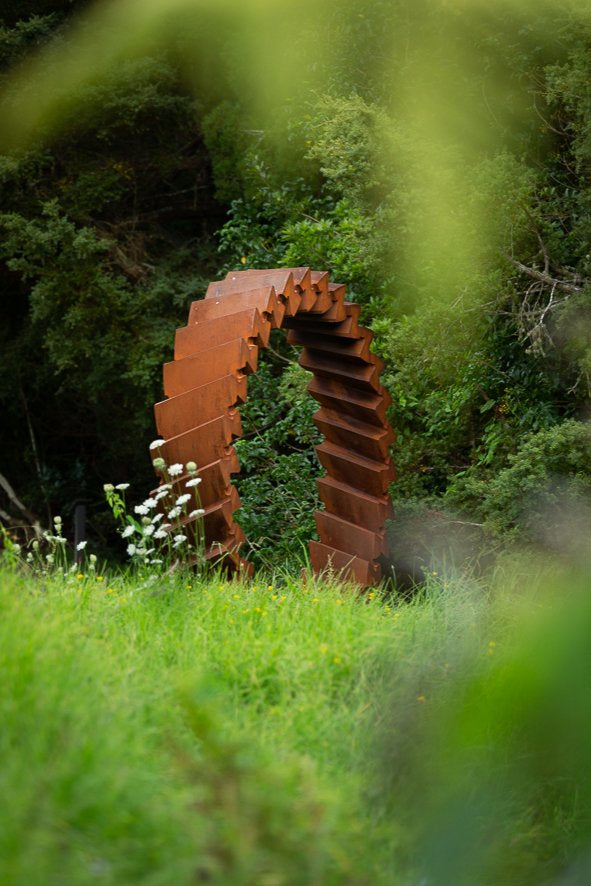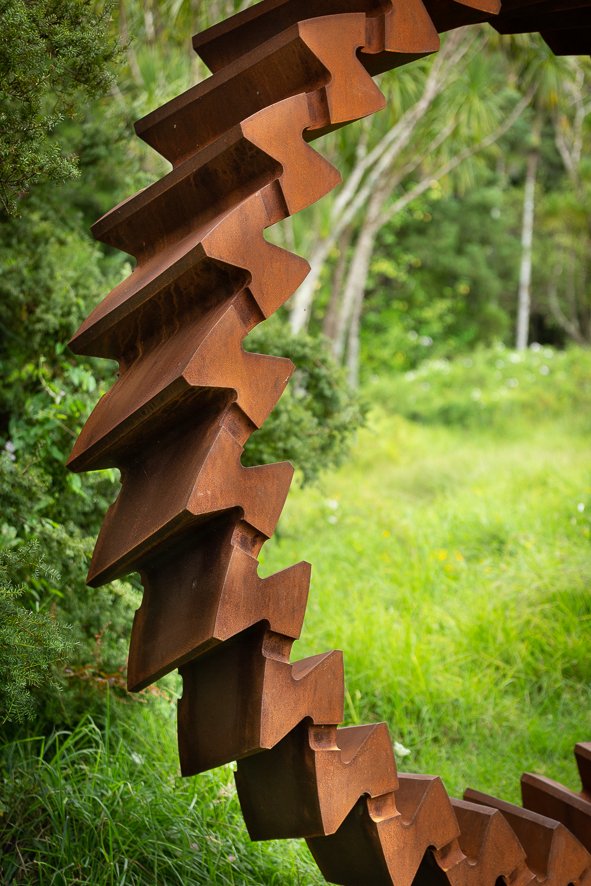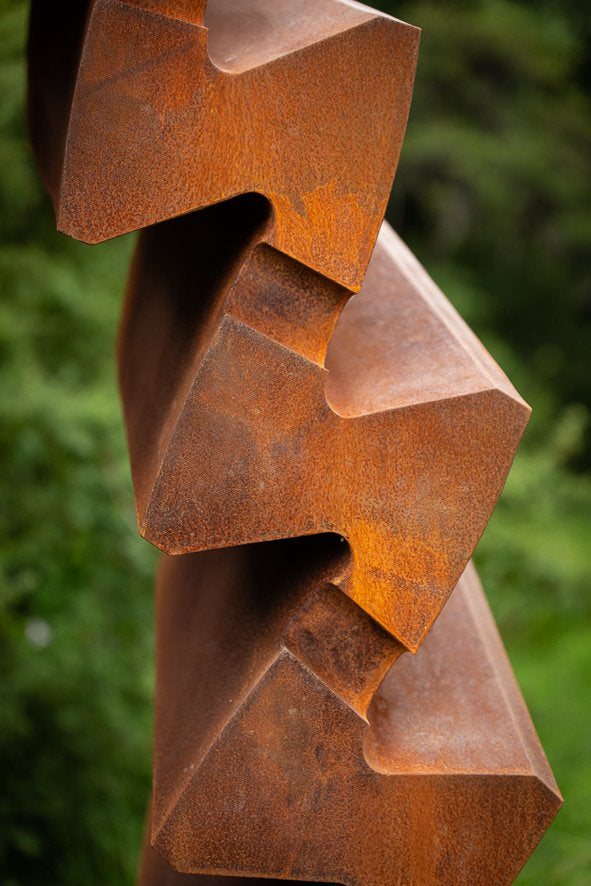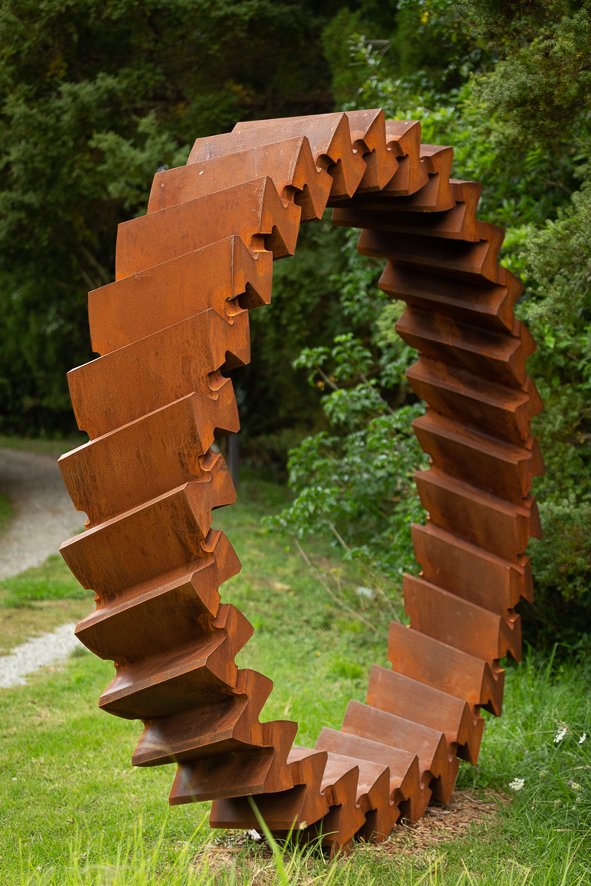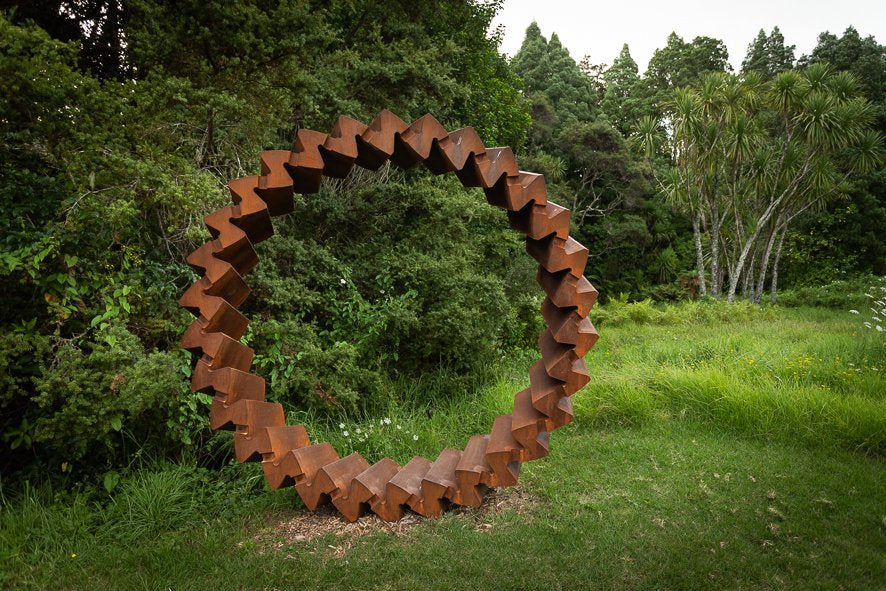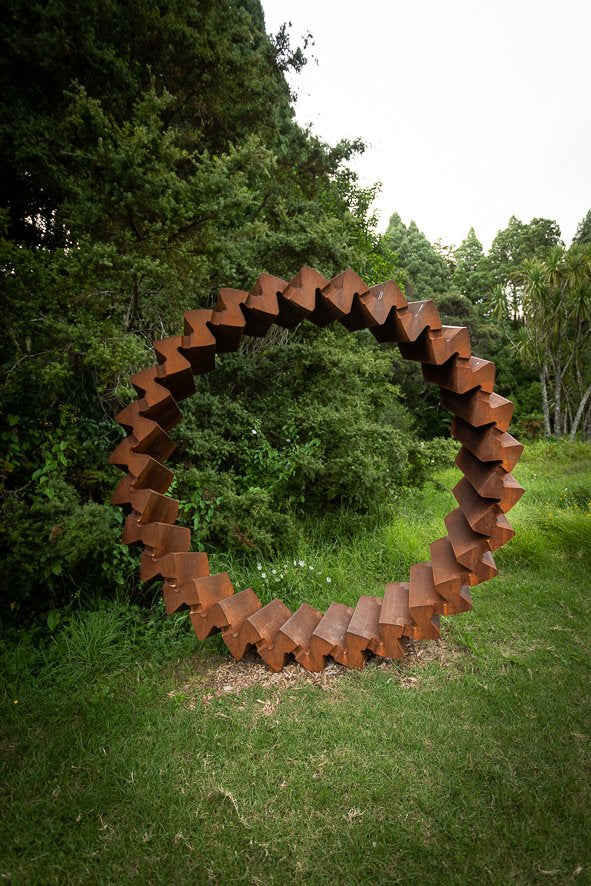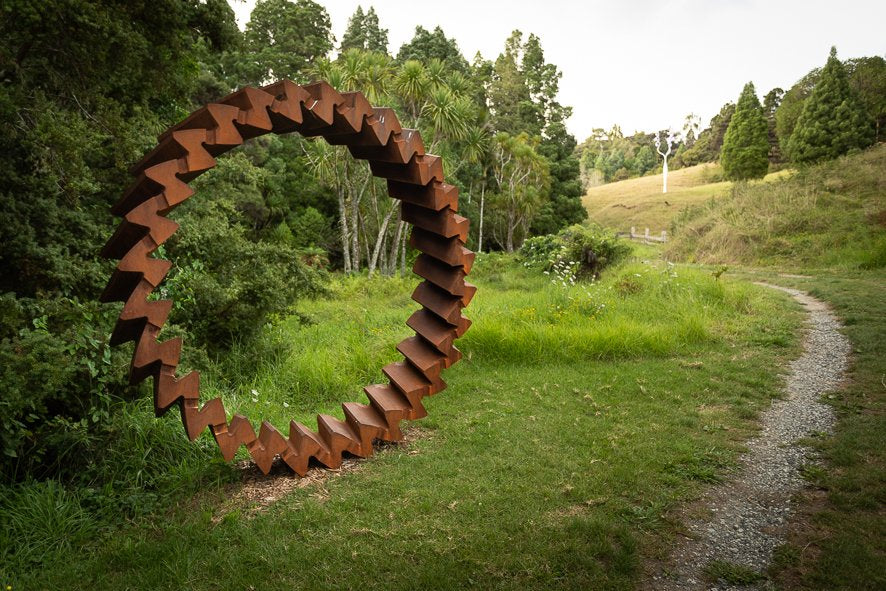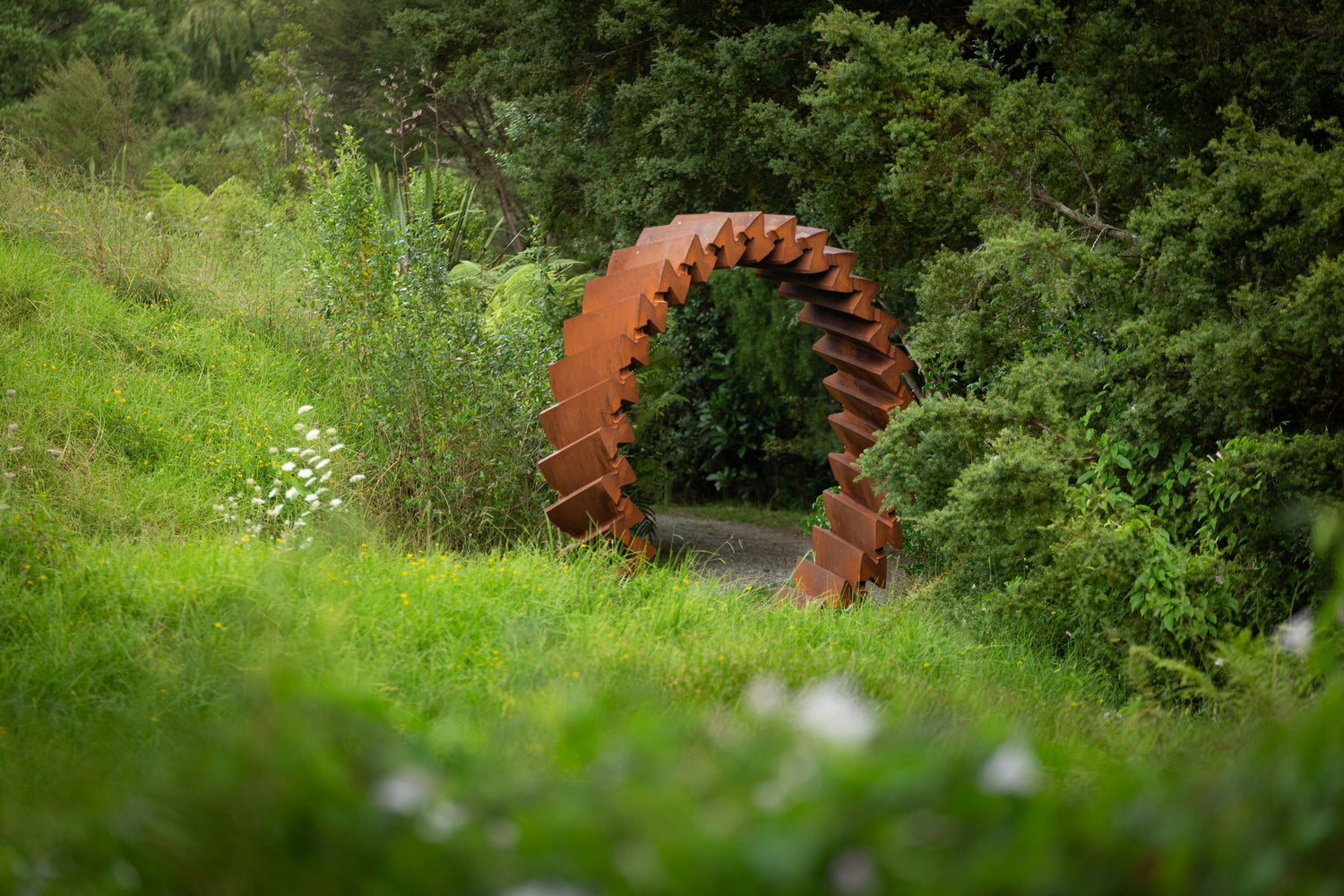David Mccracken
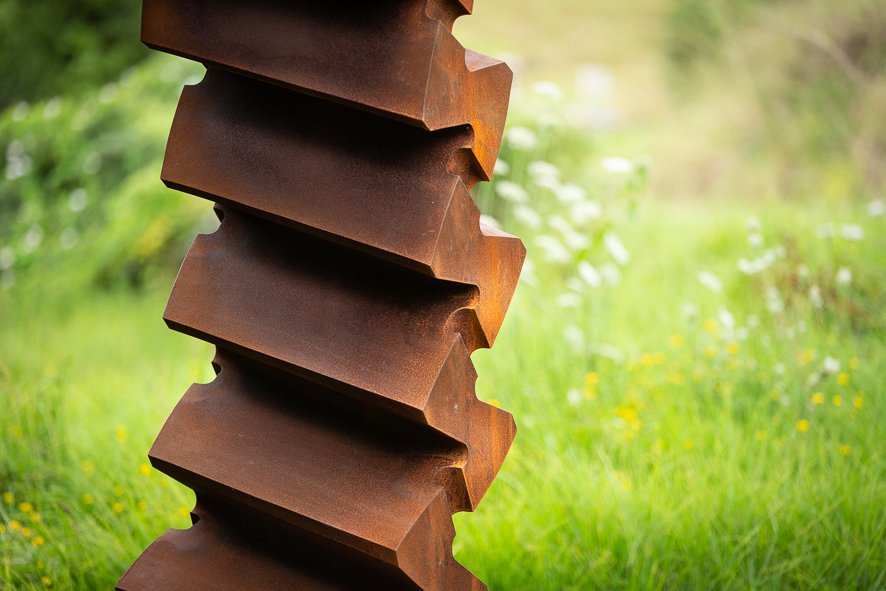
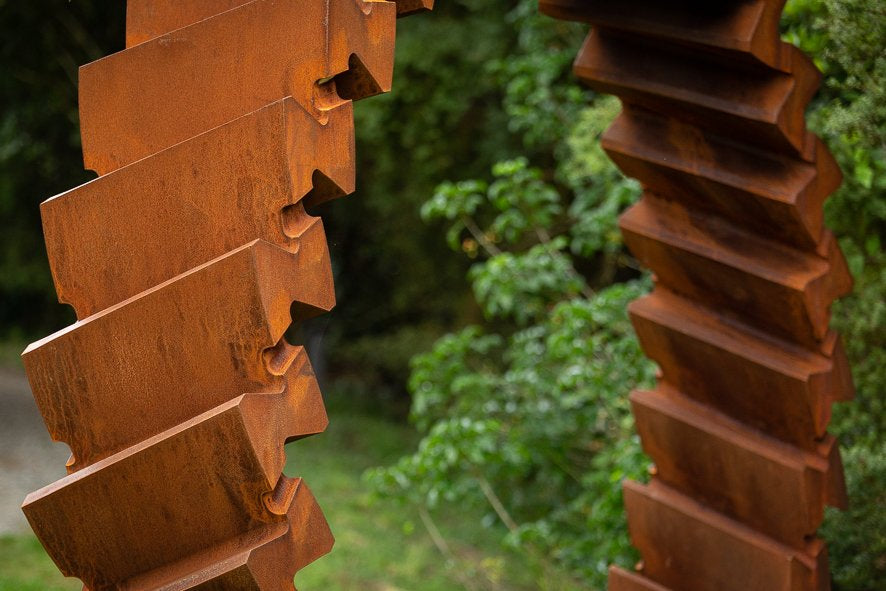
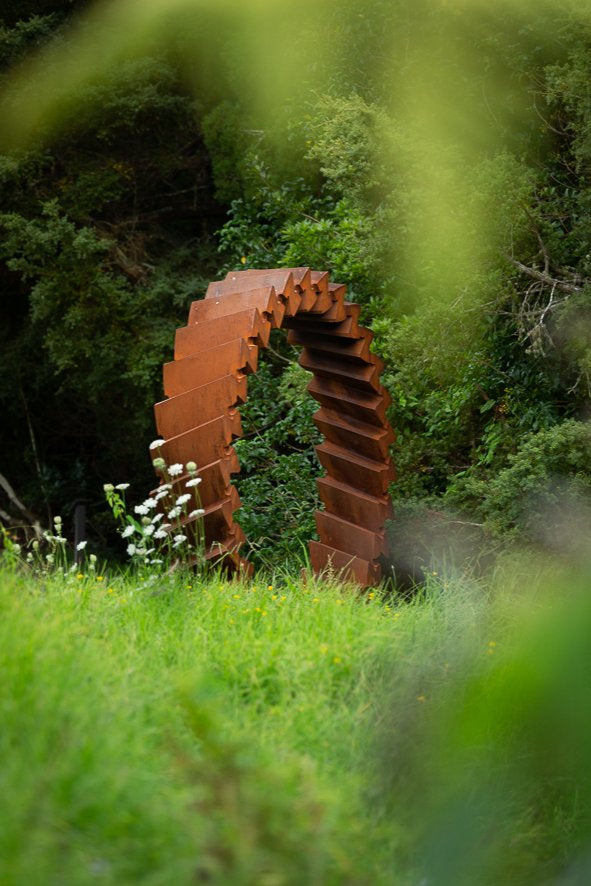
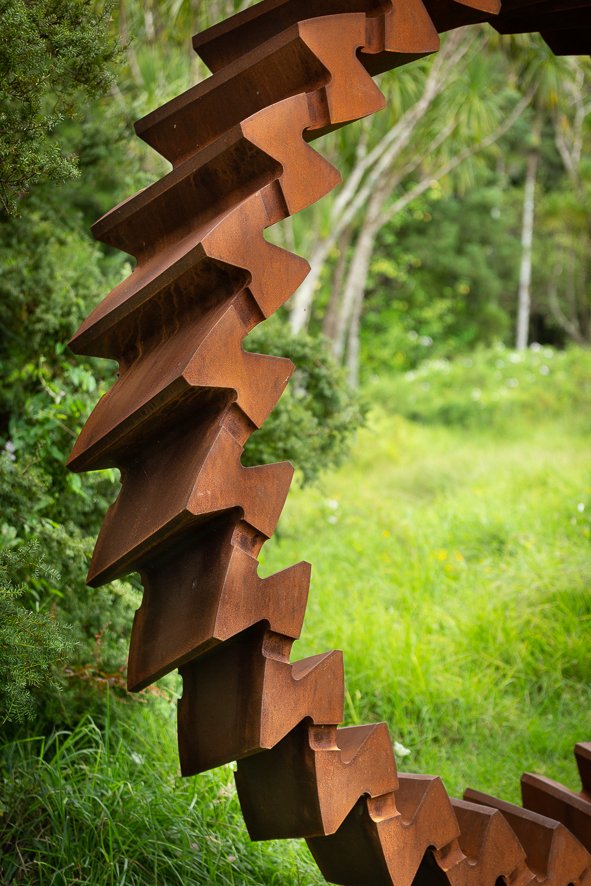
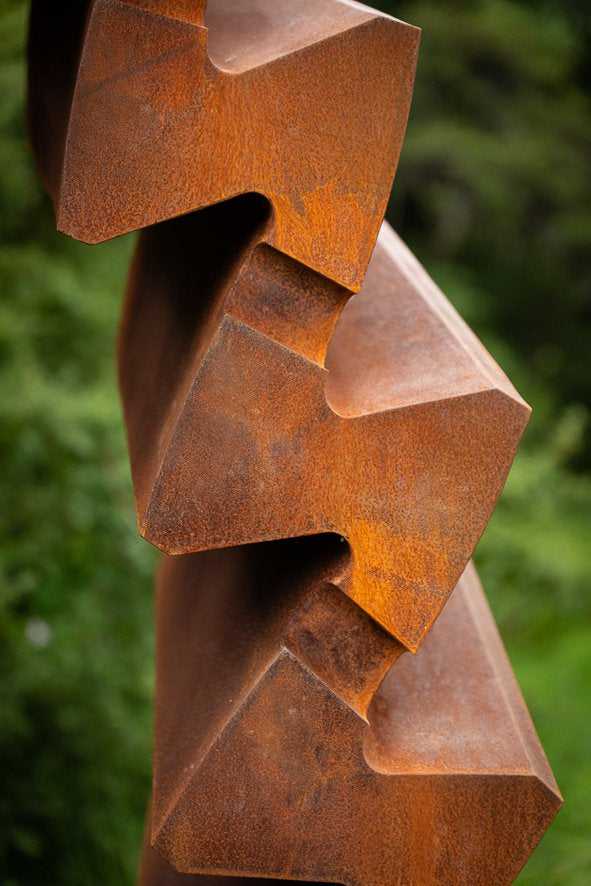
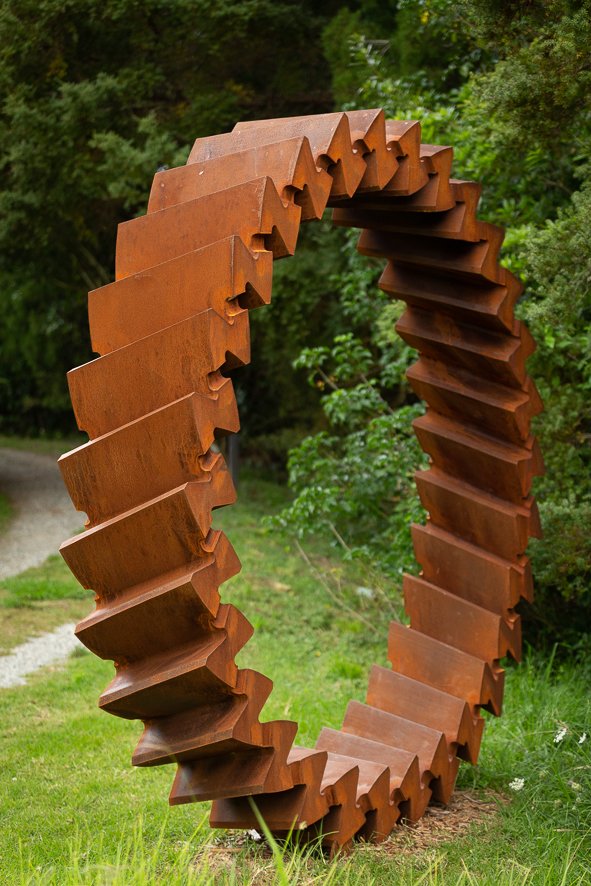
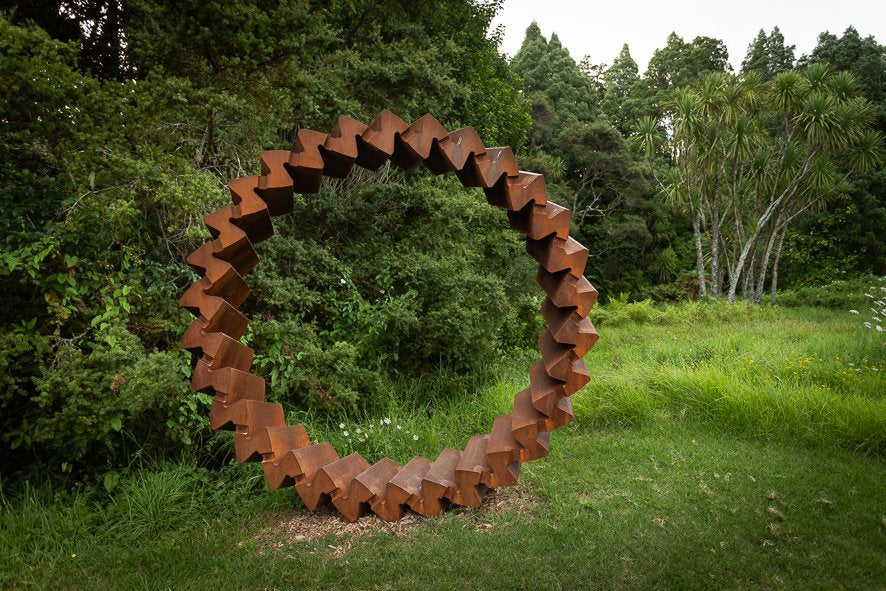
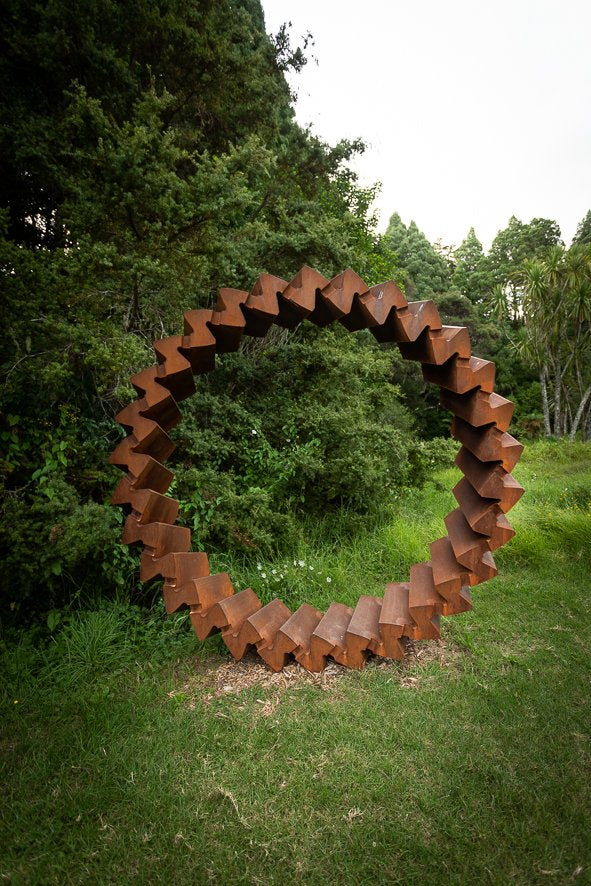
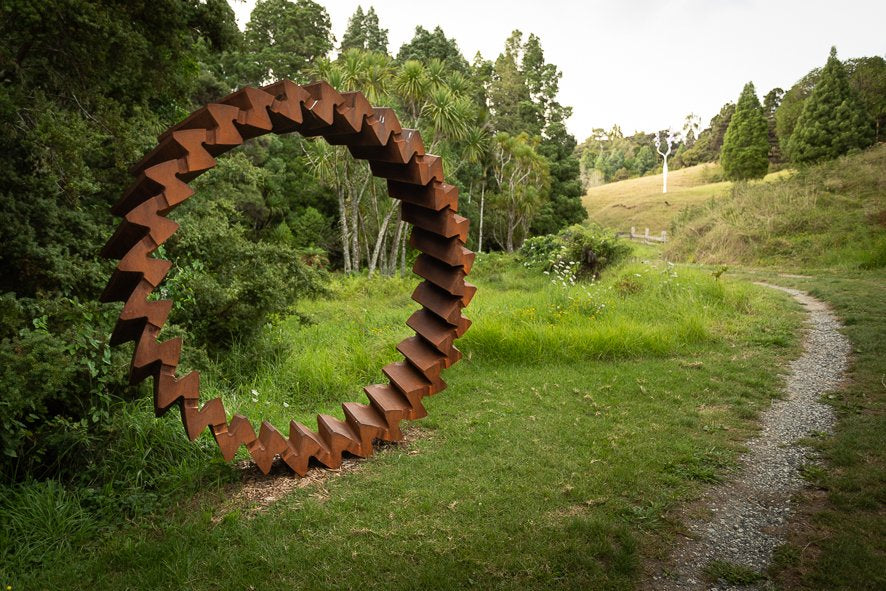
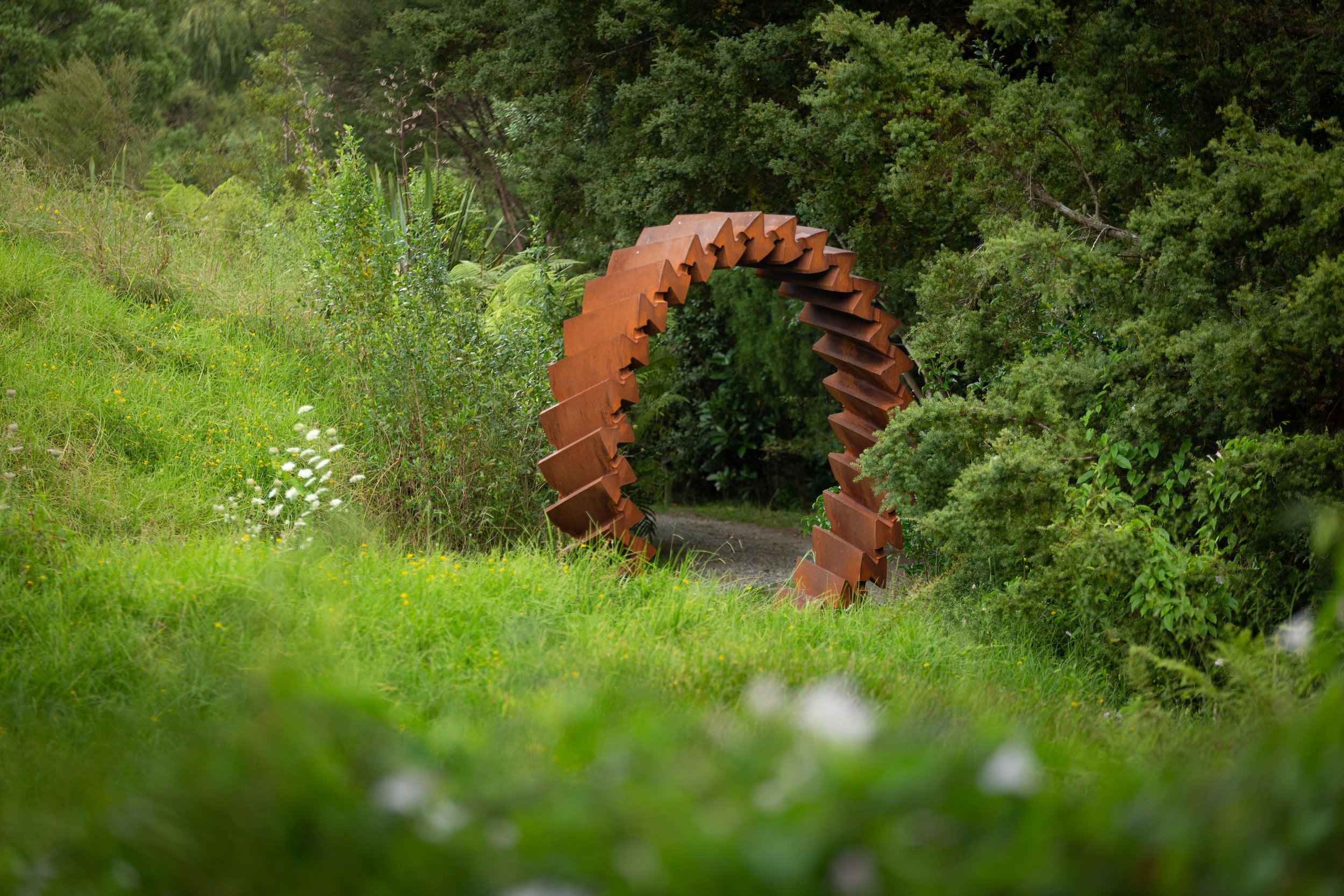
More from this artist
Artist Bio
David McCracken is a sculptor based in Auckland. He began sculpting in his teens, followed by working in a variety of jobs including boatbuilding and construction where he gained skills with glass and carbon fibre, steel fabrication, welding and woodwork.
McCracken has also been involved in the performing arts including designing and making sets and props for theatre, dance and film production. McCracken saw the potential of steel fabrication for quickly producing large set pieces and at the same time began making sculpture from readily available and inexpensive scrap when he could afford little else.
He furthered his metal fabrication skills to include aluminium, stainless steel, titanium, and corten steel and began casting in bronze and stainless steel. In 2000 he had his first solo exhibition entitled Fabrications at the McPherson Gallery and exhibited an innovative floating installation in Lake Pupuke, Auckland at the Beecroft Sculpture exhibition, marking the beginning of a number of floating sculptures. In 2001 he was shortlisted for the Wallace Art Awards and showed H2O2 at McPherson Gallery as well as a number of private commissions. By 2003 he was sculpting full time, continually developing and adding to his vocabulary of systems and continuing to try new techniques such as hydroforming steel into complex compound forms with hydrostatic pressure, or driving over sheets of steel with a vehicle to create curves.
McCracken continues to experiment with water born sculpture and is developing systems for large scale land-art installations. McCracken’s work Diminish and Ascend, 2013 is a permanent fixture in Christchurch’s Botanic Gardens. In 2013 he was recipient of the Parsons & Brinckerhoff Award for Excellence in Engineering at Headland Sculpture on the Gulf. In 2017 he was selected for the exhibition Not then, not now, not ever in Berlin, along with artists from 31 countries including Anish Kapoor, Kiki Smith and Miroslaw Balka. He has exhibited widely at outdoor exhibitions including Headland Sculpture on the Gulf (Waiheke Island), Shapeshifter (Lower Hutt), Sculpture in the Gardens (Auckland) and Sculpture by the Sea (Sydney).
McCracken has commissioned sculptures in New Zealand and internationally.



